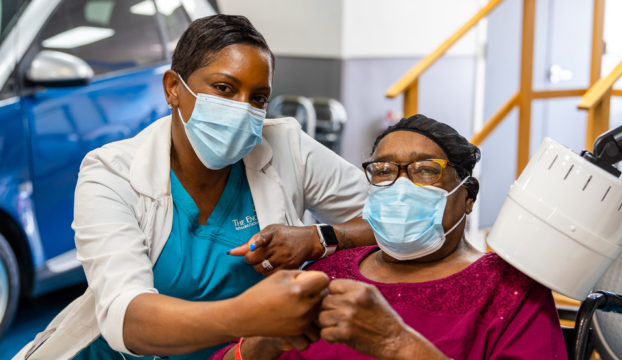Exploring the Impact of Hands-on Treatment Techniques on Alleviating Muscle and Joint Pain and Improving Patient Outcomes
Exploring the Impact of Hands-on Treatment Techniques on Alleviating Muscle and Joint Pain and Improving Patient Outcomes
Blog Article
Hands-on treatment techniques are manual methods used by medical providers to treat muscle and joint discomfort. Such methods include various types of adjustment and mobilization of the human muscles and articulations. The goal of manual treatment is to alleviate discomfort, improve mobility, and enhance overall function. Numerous individuals suffer from musculoskeletal discomfort due to trauma, poor alignment, or conditions like arthritis. By using hands-on therapy, therapists aim to tackle these concerns and help clients regain their quality of living.
One frequent hands-on therapy technique is vertebral adjustment. This technique involves applying controlled force to the spine to enhance alignment and reduce pain. Research has shown that vertebral adjustment can be effective in treating lumbar spinal discomfort and cervical discomfort. Another method is soft tissue mobilization, which focuses on relieving tightness in the muscle tissue and soft structures. This can help reduce stiffness and improve flexibility, making it simpler for patients to move without discomfort. Both techniques can be tailored to meet the individual requirements of each patient, ensuring a custom method to care.
In furthermore to discomfort relief, manual therapy can improve client outcomes in multiple aspects. For example, it can boost circulation, which helps deliver nutrients and nutrients to the affected areas of the system. Improved circulation can also promote recovery and alleviate swelling. Additionally, hands-on treatment can help clients gain enhanced physical consciousness, which is crucial for preventing future trauma. By understanding how their physiques function, clients can make better knowledgeable decisions about their activities and alignment, leading to sustained advantages.
The efficacy of hands-on treatment is often backed by client responses. Numerous patients report significant improvements in their discomfort levels and overall function after receiving treatment. This positive response can lead to greater motivation for clients to engage in physical exercise and recovery programs. When patients feel improved, they are much likely to engage in their rehabilitation journey, which can additionally improve their results. This collaborative method between the therapist and the patient is crucial for attaining enduring results.
In conclusion, manual therapy techniques play a critical role in relieving musculoskeletal discomfort and enhancing client results. By using methods such as spinal article source adjustment and soft connective tissue manipulation, healthcare professionals can help patients regain mobility and alleviate pain. The advantages of hands-on therapy extend beyond instant discomfort alleviation, as it also encourages healing and encourages clients to take an proactive role in their recovery. As more people seek efficient therapies for muscle and joint issues, manual therapy remains to be an essential option in the realm of healthcare.